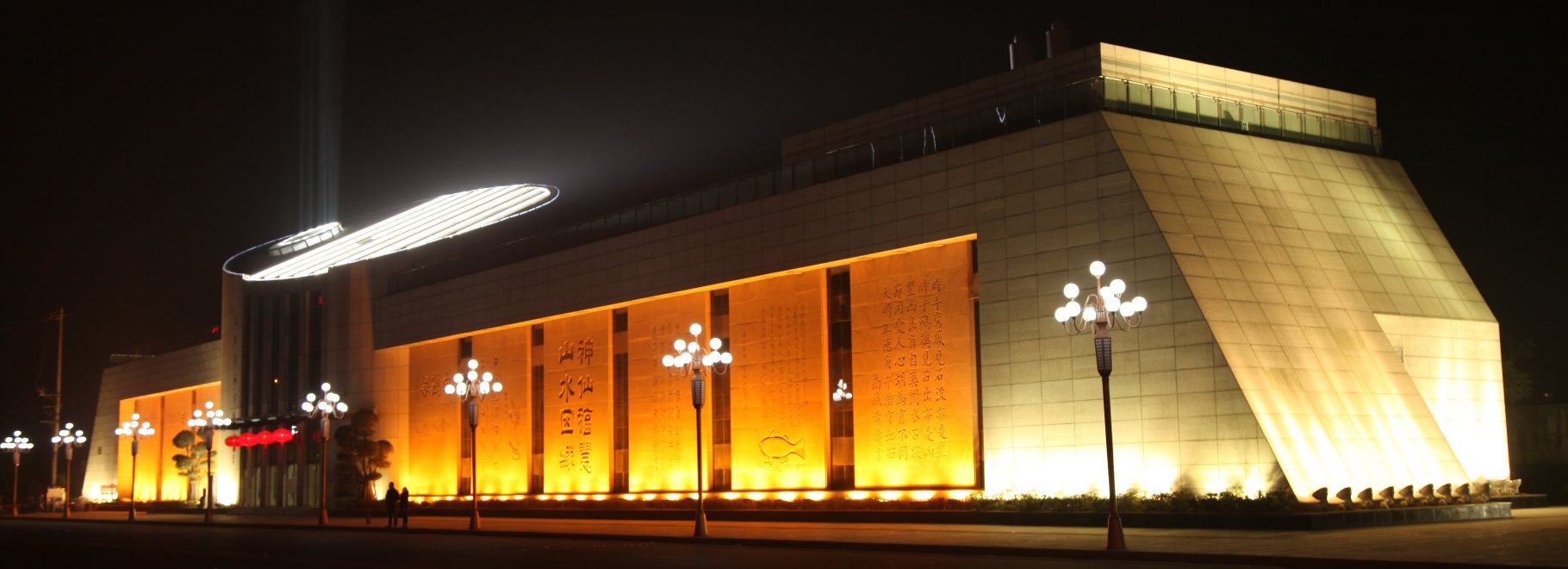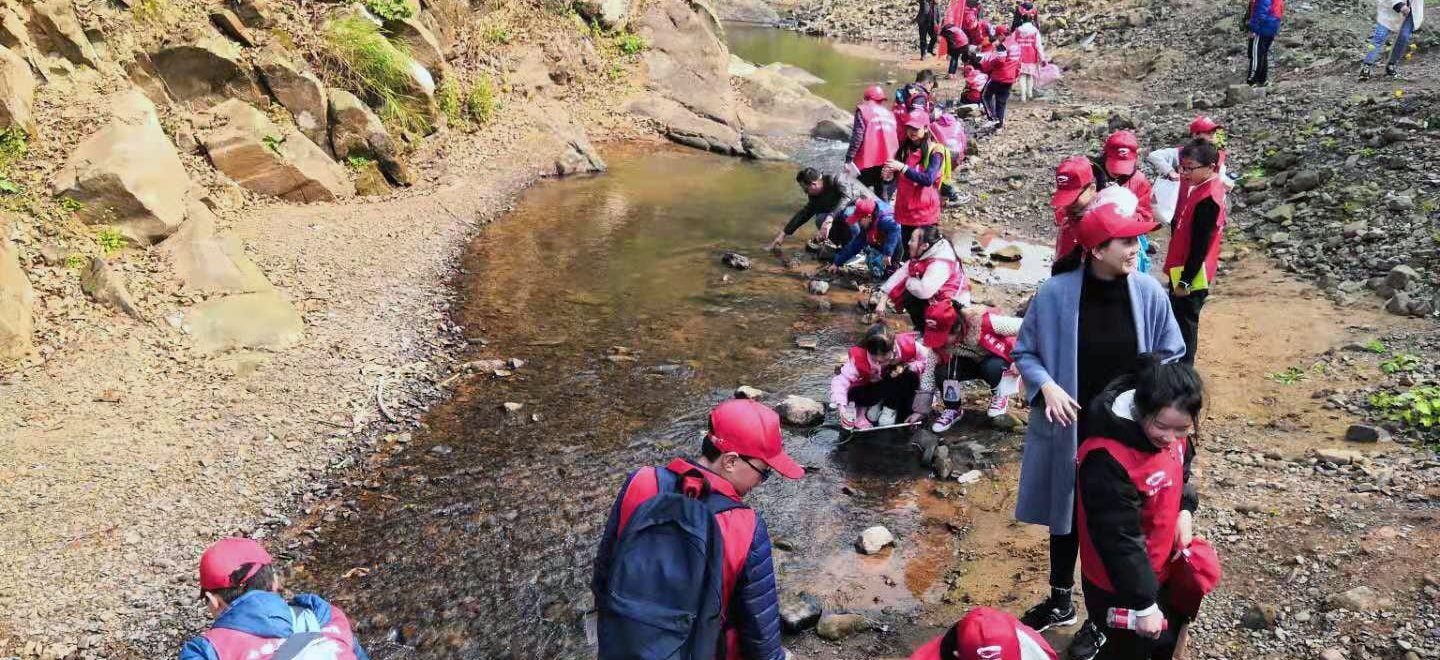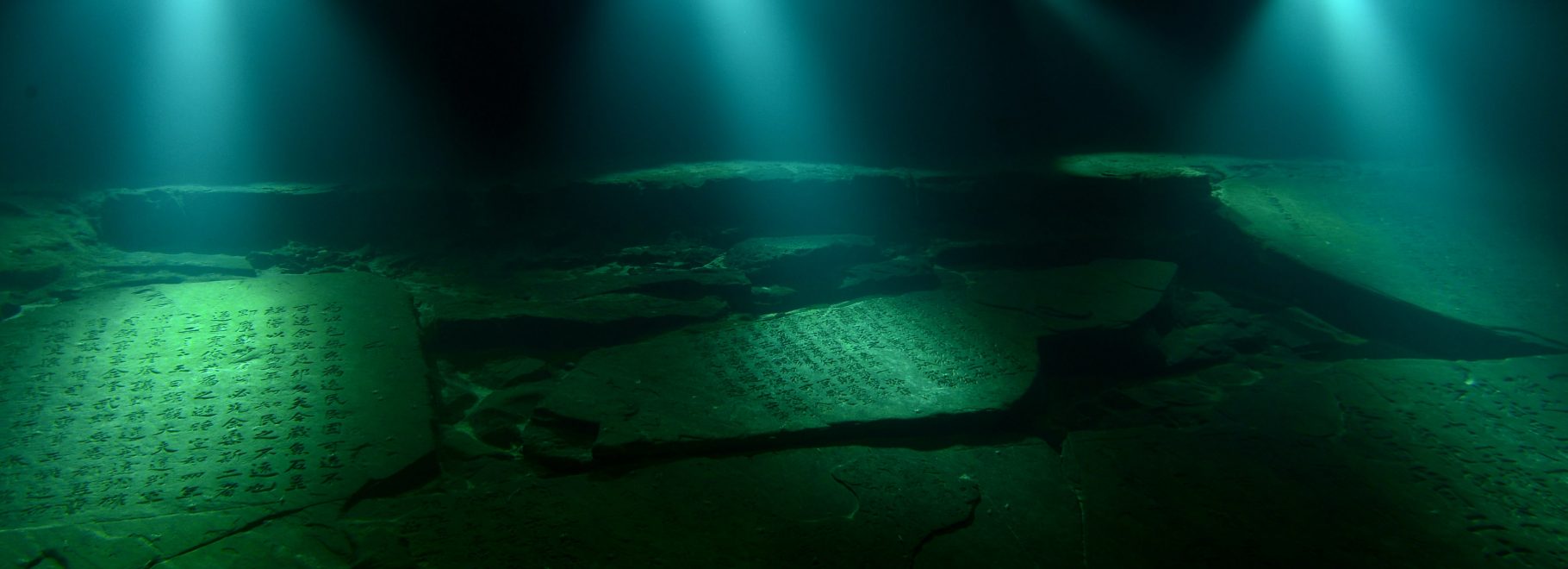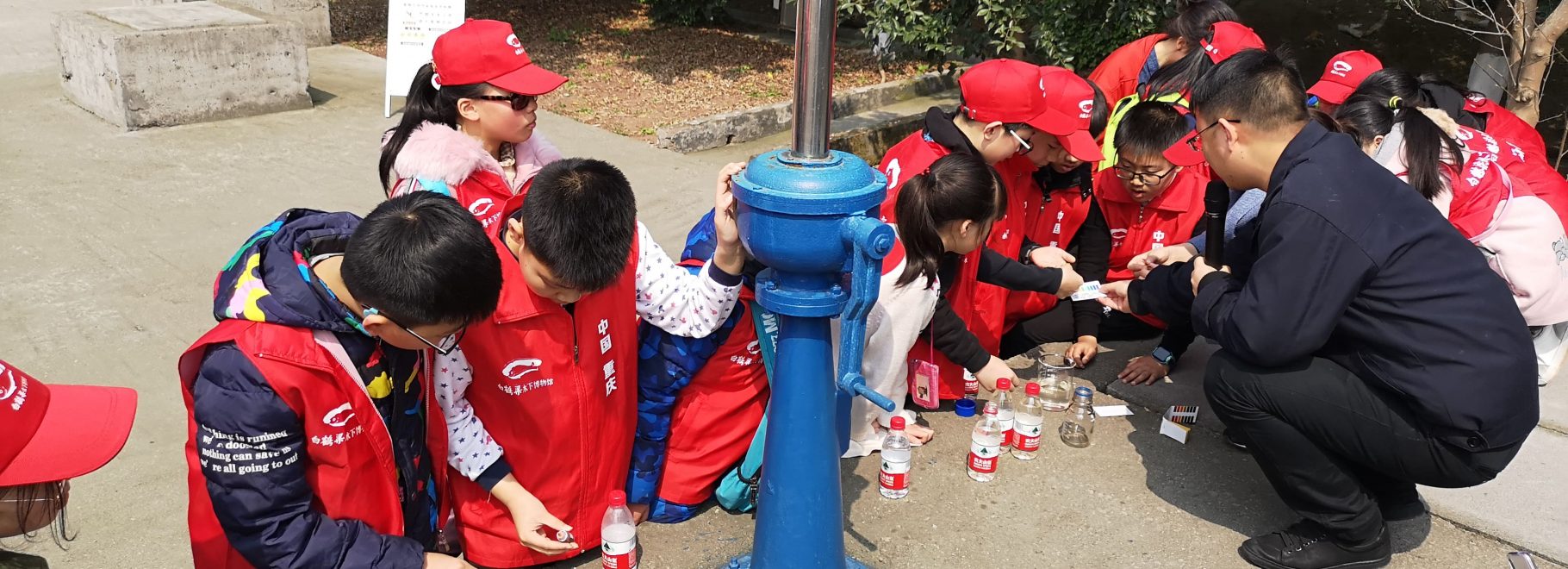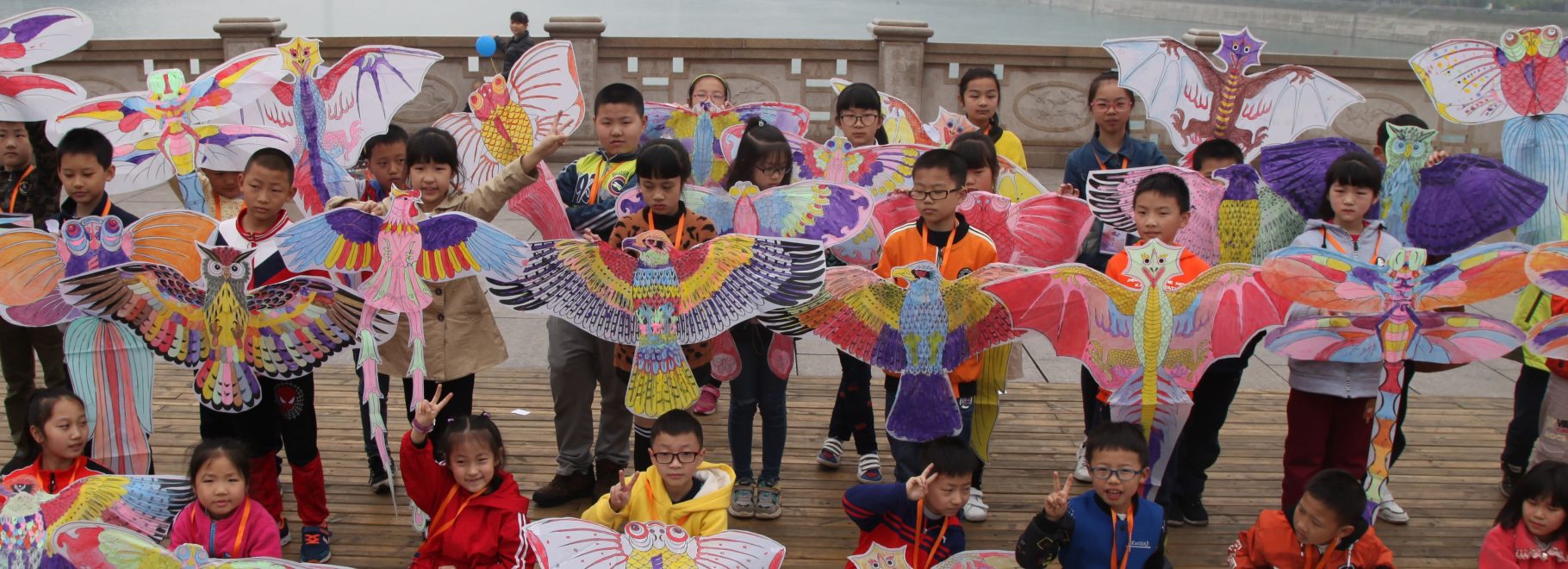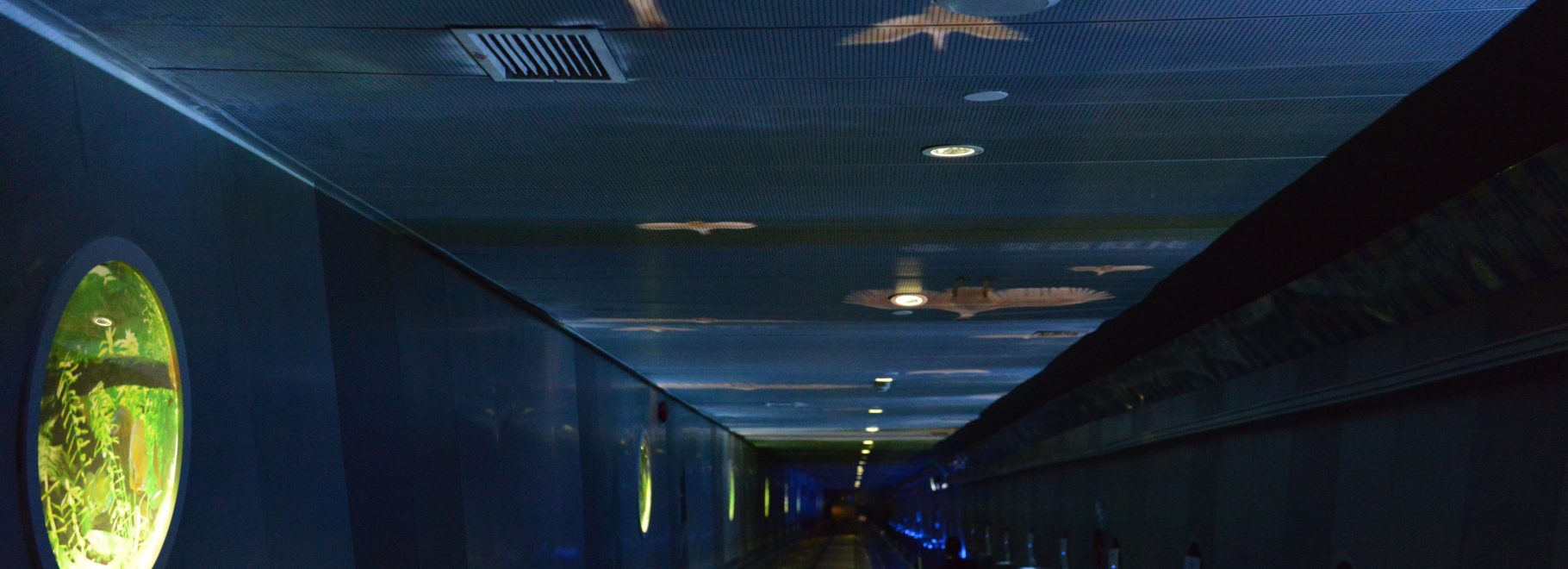Baiheliang Underwater Museum is just located in Chongqing,China.
Baiheliang Underwater Museum consists of three parts: the exhibition hall, the corridors and the underwater inscriptions protection cover.
As for the underwater visiting, visitors would take a 91m-long escalator before they get to the river bottom which is 40m under the Yangtze River, and then walk in the 146m long underwater corridor to reach the underwater inscription protection cover. The inscription protection cover has a 70m long visiting corridor, and 23 observation windows. Just from these glass windows, visitors can clearly view the cultural relic of the museum which is protected at its original site -Baiheliang Inscriptions.
Baiheliang Inscription was first engraved 1,200 years ago, about the year of Guangde of the Tang Dynasty (763 AD). Since then, there have been 165 inscriptions, 18 engraved fish, 2 Avalokiteshvara statues and 1 white crane. In 1988, Baiheliang was listed as a Key Cultural Relic Protection Unit, and in 2006, it was included in Chinese World Cultural Heritage Tentative List.
In terms of literature, art, and history, Baiheliang Inscriptions have significant values. Therefore, there exist not only exquisite engravings, calligraphy, poetry, but also philosophical reflection with profound implications.
To protect Baiheliang Inscriptions and preserve the precious historical memory, Chinese government adopted non-pressure container by Ge Xiurun, who is an academician of the Chinese Academy of Engineering and the professor of Shanghai Jiao Tong University, to build a museum. The construction of the museum commenced in 2003 and was finally completed in 2009, spending 7 years and a total cost of RMB 210,000,000. In 2010, UNESCO entitled it as the “The First Underwater Museum Accessible without Diving in the World”.
Temporary exhibitions
The Water We Want Exhibition 2020
In the frame of the Youth Prize Contest “The Water We Want 2020”, the Chongqing Baiheliang Underwater Museum organised a temporary exhibition with the students’ paintings telling the water they want. The Exhibition was held during the Chinese Farmer’s Harvest festival in Fuling, Chongqing.


